


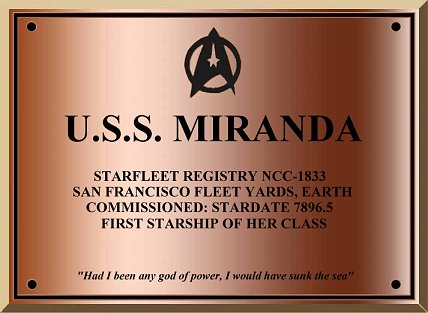
| Sheffield | 1976 | Star Trek: The Interim Years | |
| La Fayette | 6992 | Star Trek: The Interim Years | |
| Surcouf | 6996 | Star Trek: The Interim Years | |
| Amagi | 6997 | Star Trek: The Interim Years | |
| Chen Du | 6998 | Commanded by Captain Viktor Lebed | Star Trek: The Interim Years |
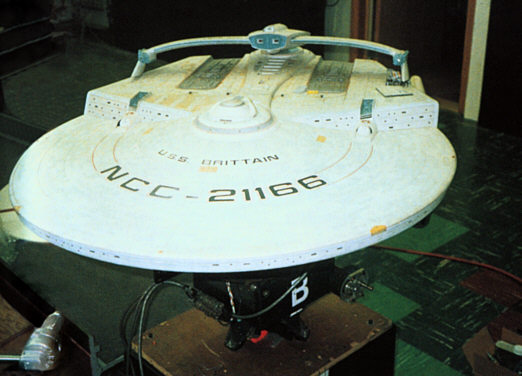 Author's Notes:
Author's Notes: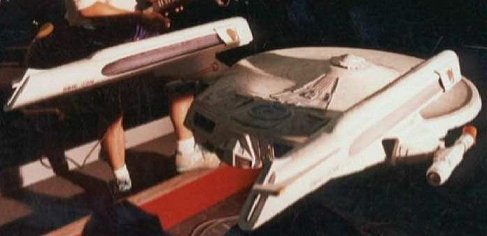
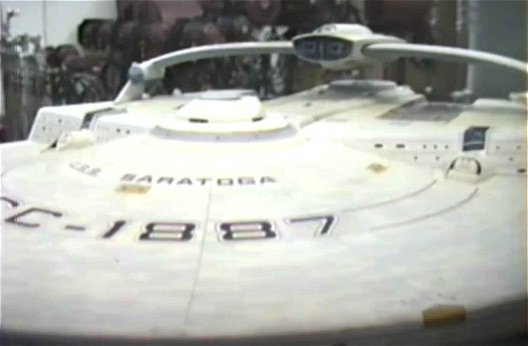 NCC 1975 U.S.S. Ranger and NCC 1976 U.S.S. Sheffield have been added to the Miranda class history to fit with both my own website and with the appearance of U.S.S. Ranger on Interplay Games' Star Trek: New Worlds website. Curious coincidence put the two vessels registries concurrent and thus I thought they must have been ordered as replacements for Reliant and to be used to assess Intelligence gathering equipment for Starfleet Intelligence. Fandom previously put these as Coronado class, I am ignoring this in the face of New Worlds and established Sheffield NCC registration [I'm sure there's a good excuse!].
NCC 1975 U.S.S. Ranger and NCC 1976 U.S.S. Sheffield have been added to the Miranda class history to fit with both my own website and with the appearance of U.S.S. Ranger on Interplay Games' Star Trek: New Worlds website. Curious coincidence put the two vessels registries concurrent and thus I thought they must have been ordered as replacements for Reliant and to be used to assess Intelligence gathering equipment for Starfleet Intelligence. Fandom previously put these as Coronado class, I am ignoring this in the face of New Worlds and established Sheffield NCC registration [I'm sure there's a good excuse!].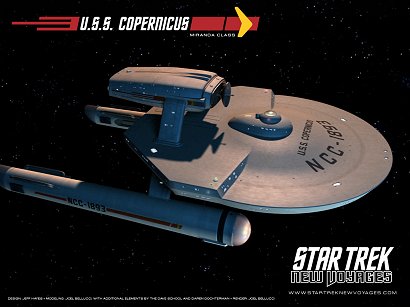 In an article about the Constellation in Star Trek: The Magazine, Rick Sternbach conjectures that there was indeed no "TOS Miranda", albeit only in a side note. He writes: "When the Miranda and Soyuz classes also became major out growths of the refit program, the production lines expanded, ultimately involving a total of three Starfleet yards." After there had been a misunderstanding about this statement, Rick confirmed in an e-mail to Kris Olinger that this statement really referred to the Constitution refit program, so Miranda and Soyuz are new classes. As a result of this comment that the Miranda is an offshoot of the Constitution refit and the appearance of a TOS era Miranda class U.S.S. Bombay (in David Mack's Star Trek: Vanguard series of novels), I had to find a way to 'have my cake and eat it'. I originally decided that Bombay would be a proto-Miranda class, of the frigate design with no rollbar - very much like the Surya or Coventry class starships of "Ships of the Starfleet Volume One" - however, this was to change in November 2007 with the advent of a derelist starship in David Gerrold's 'Blood and Fire'.
In an article about the Constellation in Star Trek: The Magazine, Rick Sternbach conjectures that there was indeed no "TOS Miranda", albeit only in a side note. He writes: "When the Miranda and Soyuz classes also became major out growths of the refit program, the production lines expanded, ultimately involving a total of three Starfleet yards." After there had been a misunderstanding about this statement, Rick confirmed in an e-mail to Kris Olinger that this statement really referred to the Constitution refit program, so Miranda and Soyuz are new classes. As a result of this comment that the Miranda is an offshoot of the Constitution refit and the appearance of a TOS era Miranda class U.S.S. Bombay (in David Mack's Star Trek: Vanguard series of novels), I had to find a way to 'have my cake and eat it'. I originally decided that Bombay would be a proto-Miranda class, of the frigate design with no rollbar - very much like the Surya or Coventry class starships of "Ships of the Starfleet Volume One" - however, this was to change in November 2007 with the advent of a derelist starship in David Gerrold's 'Blood and Fire'. 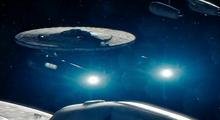 With the Constitution class having members such as Potemkin (1657) and Republic (1371) with registry numbers lower than the lead ship Constitution (1700), I found it easy to justify having ships such as Archer (1275) and Mayflower (1621) with registries lower than the Miranda (1833). JJ Abrams Star Trek (2009) also featured the USS Mayflower which was obviously a Miranda class design. In the prime universe there had to be an equivalent starship and therefore she was part of the unrefit Miranda class. The new Star Trek: Online game features various Miranda class variants, showing how the design will survive to the 25th Century, yet still retain the designation Miranda class. Enterprise was the first of the Constitution class to be refit in 2272-2273, yet the class was still known as Constitution class (refit). So Miranda class will keep her title, regardless of Avenger being refit first.
With the Constitution class having members such as Potemkin (1657) and Republic (1371) with registry numbers lower than the lead ship Constitution (1700), I found it easy to justify having ships such as Archer (1275) and Mayflower (1621) with registries lower than the Miranda (1833). JJ Abrams Star Trek (2009) also featured the USS Mayflower which was obviously a Miranda class design. In the prime universe there had to be an equivalent starship and therefore she was part of the unrefit Miranda class. The new Star Trek: Online game features various Miranda class variants, showing how the design will survive to the 25th Century, yet still retain the designation Miranda class. Enterprise was the first of the Constitution class to be refit in 2272-2273, yet the class was still known as Constitution class (refit). So Miranda class will keep her title, regardless of Avenger being refit first.







